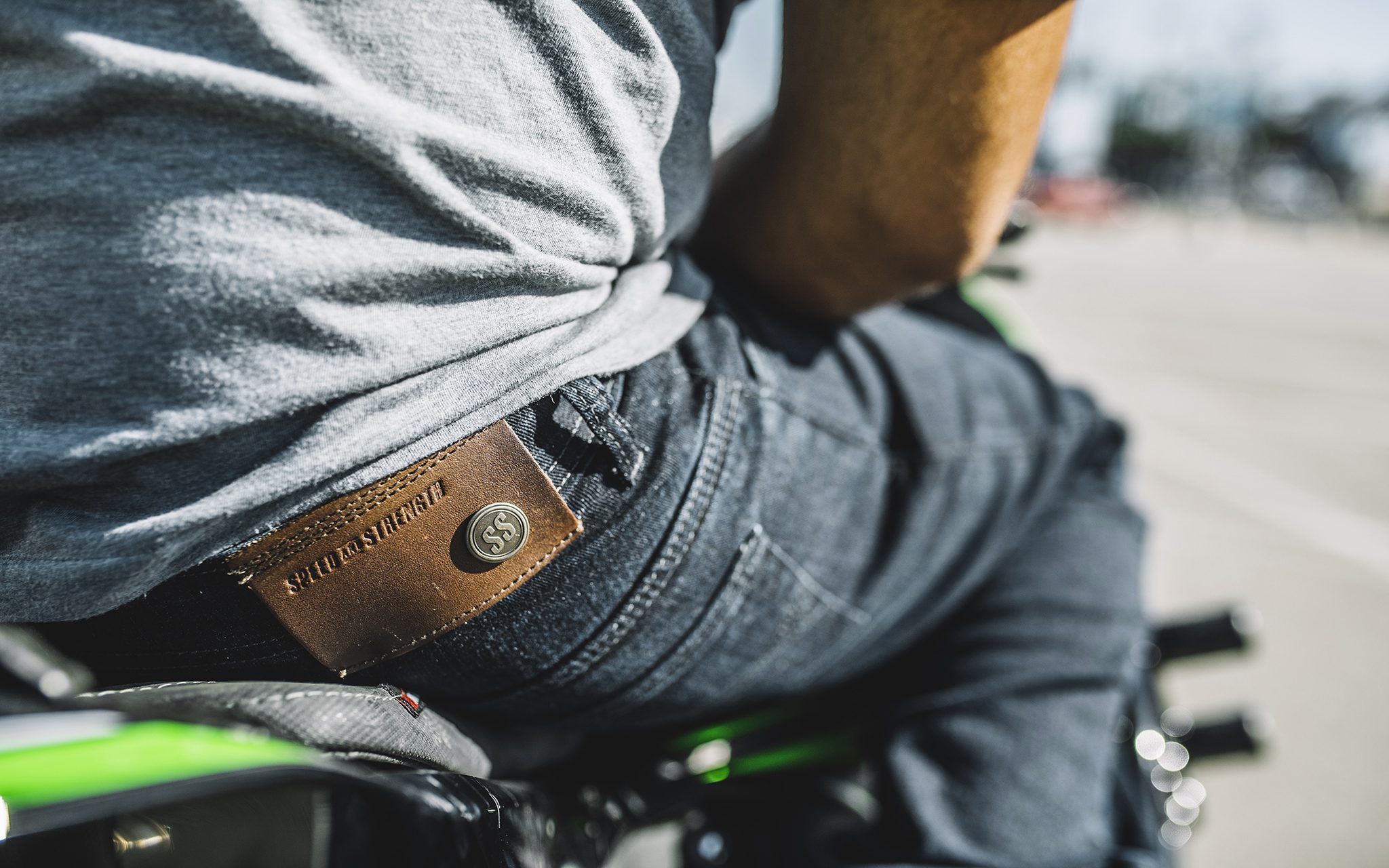What Motorcycle Riding Gear is Best for Me? Part I
As a manager of a motorcycle gear store I hear this all the time from my customers. As an experienced rider, in all types of weather and conditions, I know how important having proper riding gear is. I will be doing a blog series on helmets, jackets, gloves, pants, and boots. Let’s start with the most important piece of gear you will own. Your helmet.
What’s your head worth? Your helmet is protecting your most vital part of your body. You can’t do anything without it. Invest in the right gear to protect your noggin. I know that helmets can range from $59 to over $1000 and there are huge differences between them all. Safety ratings are a big part of what makes a helmet cost more. The other things affecting price are airflow, weight, features, handmade vs factory made, graphics, fitment, and quality.
Since safety ratings are a big part of what makes a helmet more safe and cost more let’s begin with a simple comparison of the three ratings. This biggest part that separates the three ratings is how much G force is allowed to get to your head. As you may have guessed less is better. A rating of 400G would mean that a 1 lb item would exert 400 lbs of force on your head in an impact. The DOT standard is 400G or less in the frontal impact test. Which is better than not having a helmet on at all but can still cause a concussion. The ECE standard that comes from Europe allows about 350G or less and it tests specific points on the helmet. The Snell testing is about 275G or less and the entire helmet other than the chin guard is fair game. Also within the industry a few companies go above and beyond what the test requires and bring the G force below 180G.
The next most important part about picking out a helmet is fitment. There is not a standard for head sizes in the industry. Each company takes an average shape and size for each helmet and that is how they shape the liner to fit. This is why many people have to go up a size in their helmet due to forehead pressure. This is probably the most common problem I see when fitting a customer in a new helmet. This is also the biggest cause in a helmet not working properly for you when an accident occurs. If a helmet is too loose it will not protect you in the way it is meant to. The three major head shapes out there are round oval, intermediate oval, and long oval. Only a few companies make all three head shapes. Some just try to make up for it with thicker or thinner padding but that does take away from the effectiveness of the helmet. A proper fit should feel very even and snug around your head and your cheeks should be almost making a fish face. If you get a helmet that feels perfect in the store it may break in too much and be too loose later on.
The next part to think about is what features you are looking for. Whether it be a drop down visor, modular design, ¾ helmet, airflow, graphics, anti fog and bluetooth capability. All of these things differ between manufacturer and they all change cost and most can affect the safety rating. This will also go along with what type of riding you are doing and the look you are going for while riding.
So make sure to stop in and see Erik or Wade at Richmond Honda House so we can help you find the best helmet to fit your needs. Mention this blog to get a special in store discount as well. I look forward to keeping you safe and informed.



